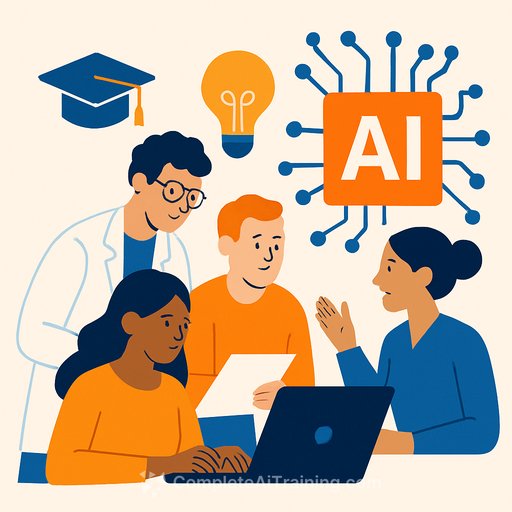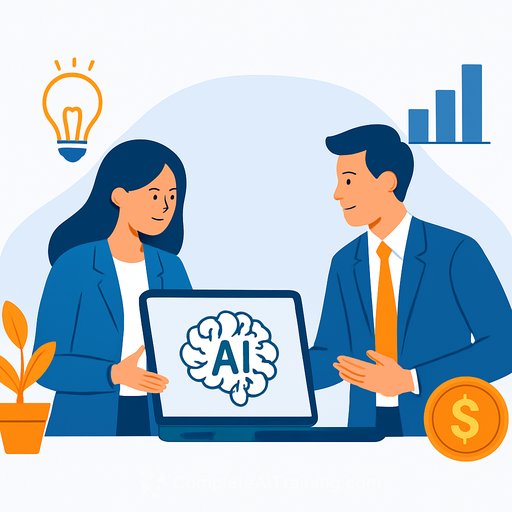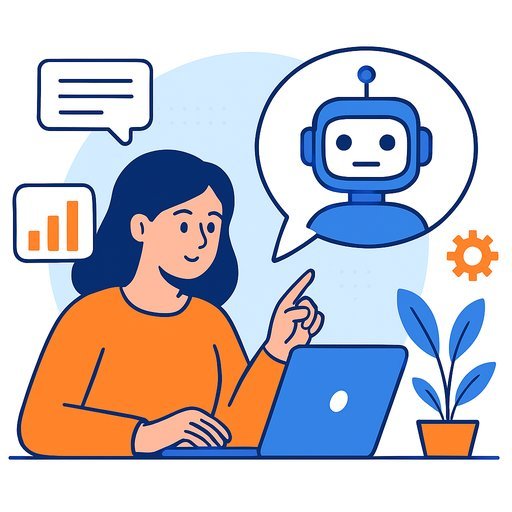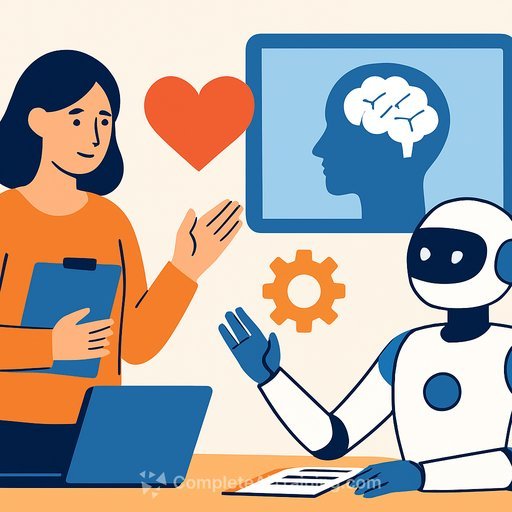Academic Technologist: AI Calls for Small Teams and Experimentation
As higher education institutions adopt generative AI tools like ChatGPT, the hype can encourage rapid scaling. However, experienced academic technologists advise a different approach: focus on small, cross-functional teams, local experimentation, and faculty-centered support to foster meaningful innovation in AI applications.
Rather than rushing to implement AI campus-wide, the recommendation is to take incremental, experimental steps. AI is not just another digital tool—it offers capabilities that we are still discovering. This uncertainty calls for careful testing aligned with educational goals.
Building Collaborative, Local AI Capacity
Babson College’s AI-focused innovation lab, The Generator, provides a strong example of this strategy. It brings faculty and technologists together through specialty labs and broad events. Over half of Babson’s faculty have been peer-trained on AI tools via an internal teacher training program. This hands-on, community-driven approach encourages shared learning and practical application.
In contrast, some large-scale initiatives, like the California State University system’s $16.9 million contract for systemwide ChatGPT access, have faced challenges. Without a clear framework or training, resources were limited to generic videos and links, leaving faculty uncertain. This top-down rollout struggled to move beyond students simply trying out AI tools on their own.
Structured Experimentation with Instructional Designers
Effective AI integration often starts with informal collaborations rather than centralized programs. For example, a collaboration at the University of Pennsylvania developed a custom AI teaching assistant tailored to specific course goals. Plans are underway to expand this model by having students build chatbots in sandbox environments to deepen their understanding.
Instructional designers play a key role here. They bridge the gap between technological possibilities and classroom realities, helping educators experiment confidently with AI tools in ways that serve their teaching objectives. Dedicated spaces like The Generator facilitate easy access to these experts.
Time, Not Technology, Is the Main Barrier
Despite AI’s potential, the biggest hurdle for educators is time. Instructors must manage teaching loads and administrative demands, making it tough to add learning new technology to their plates. Encouraging small-scale experiments linked to their interests can ease this burden.
For example, a physics course at John Abbott College refined a large language model to fit their teaching needs, showing that focused, manageable projects can work well.
There’s no expectation for educators to master AI instantly. Curiosity and gradual exploration, including learning alongside students, will uncover AI’s most valuable uses. The best way forward is through trial, observation, and adaptation.
For educators looking to develop AI skills or explore practical applications, resources like Complete AI Training’s latest courses offer guided learning paths that fit various teaching roles and skill levels.
Your membership also unlocks:





